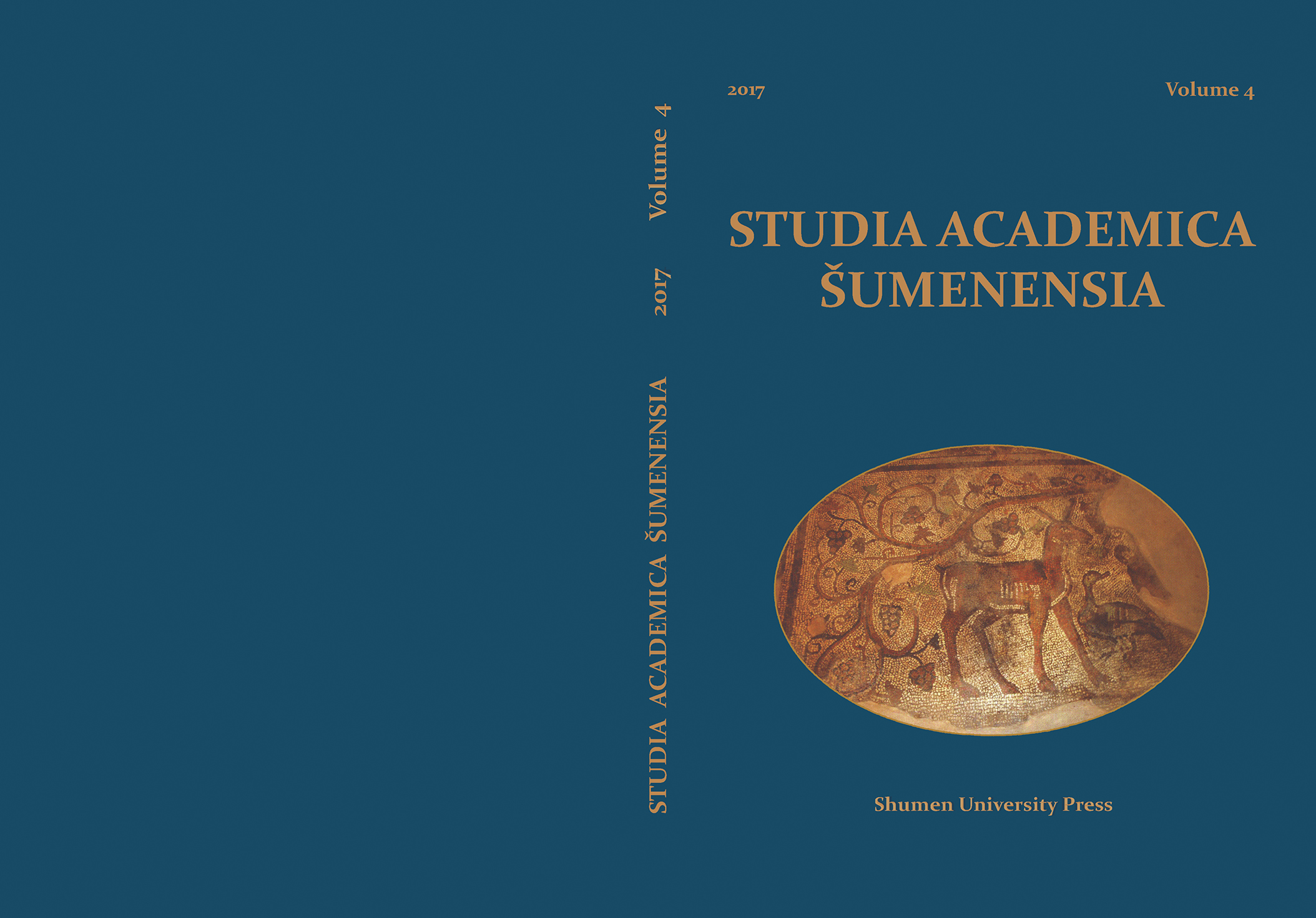Early monasticism in Thrace: an issue of archaeology
Early monasticism in Thrace: an issue of archaeology
Author(s): Alexander ManevSubject(s): Christian Theology and Religion, History, Archaeology, Ancient World, Theology and Religion, History of Religion
Published by: Шуменски университет »Епископ Константин Преславски«
Keywords: Early Christianity; Early Monasticism; Late Antiquity; Thrace; coenobitic; anchoretic; katholikon; archaeological identification;
Summary/Abstract: The identification of monastic structures in Thrace is closely related to their presumed coenobitic character. The main issue in recognizing a monastery within the archaeological process is generated by the lack of a clear spatial scheme of the Early Christian cloisters. This is why some structural elements of the large eastern complexes are being translated into standard landmarks of the monastery core, namely: the enclosed character of the monastic space; the chain disposition of the cell-dwellings and the binding presence of a katholikon. A particularly important role in the series of buildings take the ones for communal activities, i.e. a kitchen or refectory. Archaeological research has not encountered such spatial program within the diocese of Thrace. The lack of explicit coenobitic complexes predetermines the uncertainties related to the identification of the early monastic sites. Not all the sites can be chronologically specified correctly, and yet the lack of evidence for monastic organization in Thrace before the middle of fifth century is quite notable. This could be due to the imperfection of the archaeological method, but possibly must be related to the full institutionalization of monasticism by the Church after the Fourth ecumenical council of 451. We should point out that all sites in Thrace which can be assigned monastic emerge after this date. All examined sites bring us to the conclusion that the main challenge for the identification of an Early Christian monastery is presented by their unclear archaeological context. A structural character of the Early Christian monastery cannot be laid down and the lack of wide-range of archaeological results can bring incorrect conclusions.
Journal: Studia Academica Šumenensia
- Issue Year: 4/2017
- Issue No: 4
- Page Range: 218-236
- Page Count: 19
- Language: English

